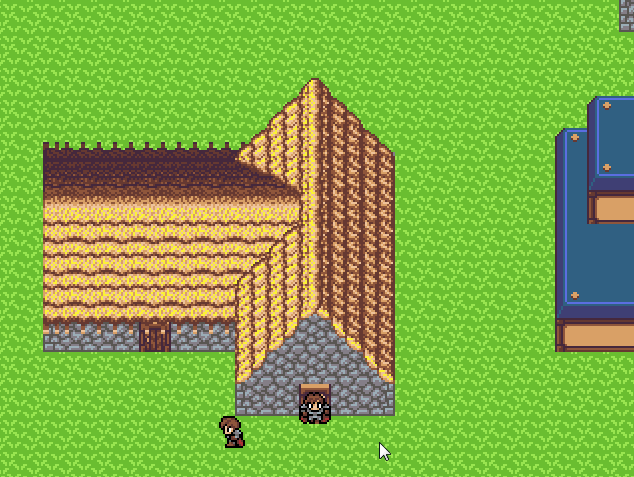Code:
for(var/obj/effect/screenMask/L in specialEffectsDump)
if(L)
specialEffectsDump -= L
check = 1
//world<<"here"
L.screen_loc = "WEST,NORTH to EAST,SOUTH"
L.color = nightColor
src.client.screen += L
animate(L, alpha = 200, time = 5, loop = 1)
break


